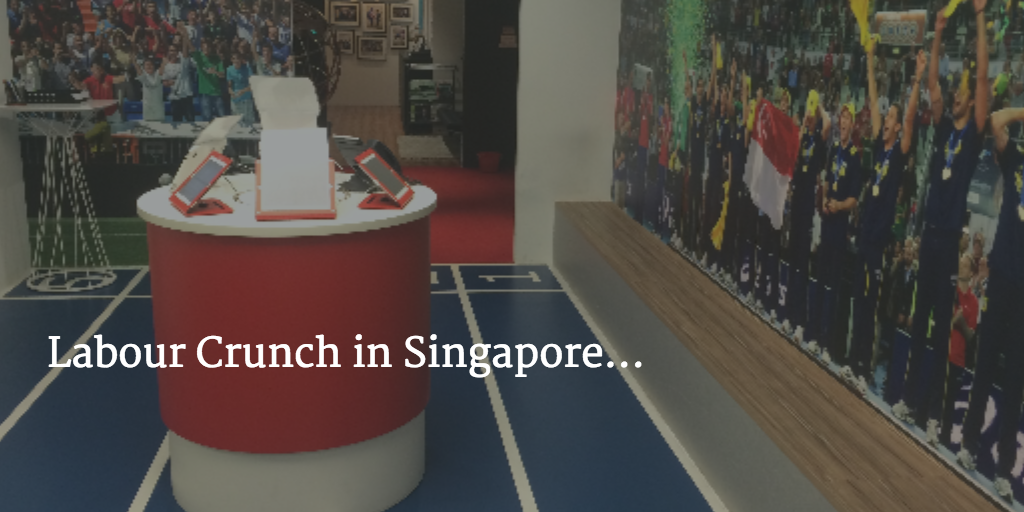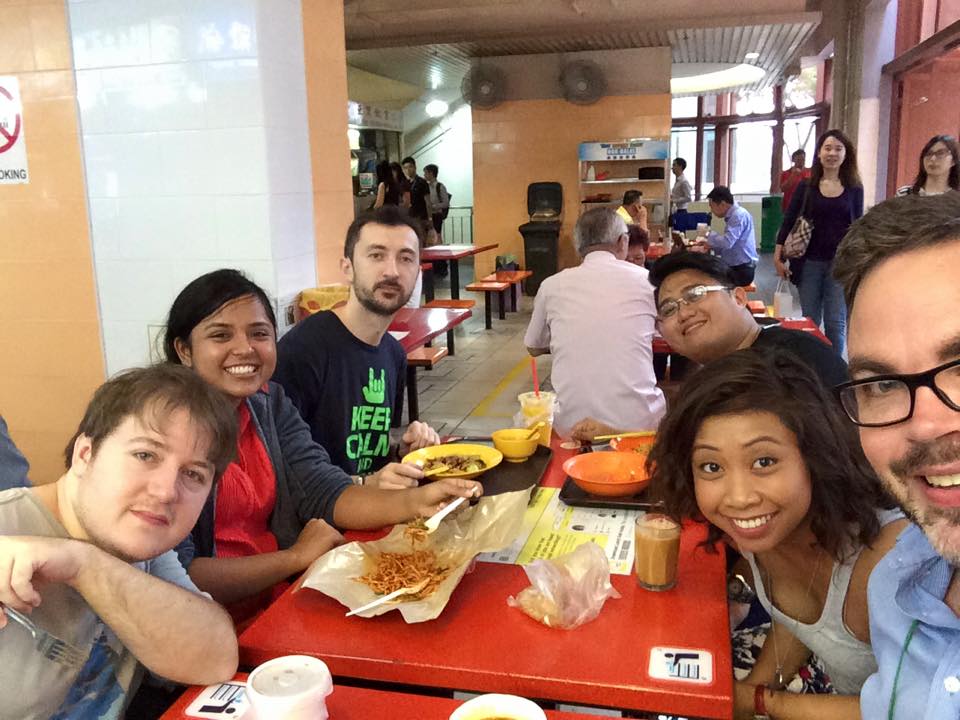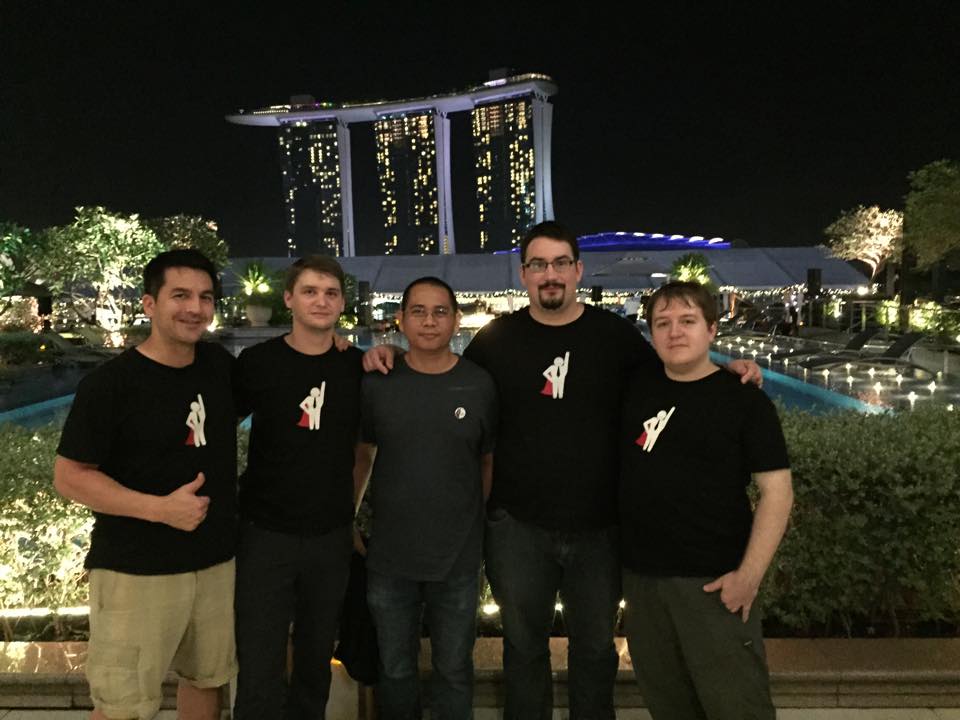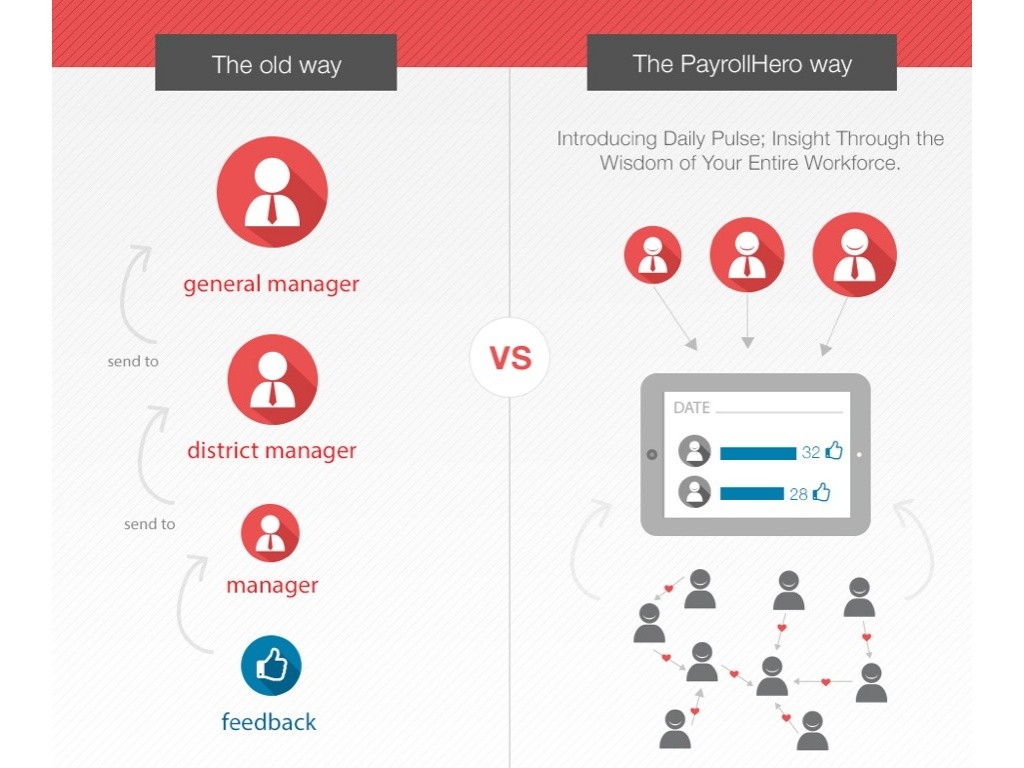 The F&B sector is facing a labour crunch. Restaurants are turning away diners even though they have empty tables because they are understaffed. This has been a problem in Singapore, but never more serious than now. Singapore’s unemployment rate is at a stunning 1.9%. The turnover rate in the F&B business is the highest among all industries.
The F&B sector is facing a labour crunch. Restaurants are turning away diners even though they have empty tables because they are understaffed. This has been a problem in Singapore, but never more serious than now. Singapore’s unemployment rate is at a stunning 1.9%. The turnover rate in the F&B business is the highest among all industries.
As an economics student, I see this as an interesting problem. Finding out what is going on behind the statistic is necessary from a policy perspective. But it also helps a restaurant owner to prepare his or her restaurant and steer through till the economy adjusts to the issue. So what is going on and what can you expect?
- Saturated labour market
With such a low unemployment rate, the pool for new recruits is drying. It would help if Singapore could widen its employment base and rope in people who have dropped out of the labour force altogether. However there is a problem with this.
Employment numbers among locals is concentrated towards food services, retail trade and construction. Wages in these domestic oriented industries are lower than export oriented ones. Low wages are a disincentive. People will be more willing to joining the labour force if wages were higher.
The second problem with widening the employment base is that the population of Singapore is too small. There aren’t enough locals to widen the labour market. But more on that later.
Now, we have mentioned that wages are low in the food services and retail market. But you must be noticing that you need to pay higher to retain your workers. This is the typical economics demand-supply problem. As the demand for workers rises while the supply remains the same, wages must rise. If it has not happened in a dramatic way yet, it will eventually. Markets will adjust and overcome rigidities unless the government intervenes.
- Labour Laws
Let’s go back to widening the labour market and why we can’t seem to do that. Firstly, Singapore’s local population is too small. Secondly, foreign workers are restricted by numbers and industries.
For the F&B services, it would help to employ a foreign worker for every old-age worker, as suggested by Food and Beverage Work Group Report. While this is a policy decision that the government has to take, restaurant owners should be aware about the policy changes that are likely to come about, considering the current labour market.
- Perception of working in the F&B industry
It is hardly surprising that the labour market is not kind to F&B services. The hours are eratic, the pay is low. The lack of a minimum wage in Singapore leads to wages being pushed down to a point where Singaporeans cannot accept the job.
The overall benefits of an entry level worker in the F&B industry are minimal. This could have damaging effects. If the government does decide to loosen rules on part-time, the connotation that is attached to F&B employment may hinder chances of employing students. If this perception does not change, the F&B industry might see more restaurants shutting down.
Solutions
Let’s say that the government will intervene and solve the situation at some point of time. But what can you do in the meantime?
- Increasing Productivity Through Technology
There can be no better time to invest in technology than now. With a shrinking labour force, restaurants have fewer waiters to take orders and handle customers. By installing POS systems, waiters can focus on serving customers. Improving other aspects of your businesses will also cut costs and help you through the tight economy. Inventory management and food delivery ordering systems can be digitzed. All this aims towards reducing manpower and costs.
- Improving the perception of working in F&B
This is imperative in order to bring in workers into your restaurant. There are a few ways you can do this. Firstly, add more meat to the job. The worker should know that there is a possibility of growing in the job.
For more tips on retaining young workers read “How we keep our young talents from leaving“.
Secondly, workers must be awarded with performance based incentives. They need to feel empowered and know that working hard will pay off. This will raise the perception of the industry as one that can further career prospects for individuals.
- Training
Lastly, Putting them through well designed training programs will improve turnover rates. The Group Report suggest the training program implemented in Singapore Airlines and customized to the F&B industry.
The F&B industry needs to change with the times and adapt to the current economic conditions. Restaurant owners need to adopt best practices and use technology to reduce human errors and eventually reduce costs. This way, the industry will be less exposed to labour market fluctuations that can potentially result in damaging Singapore’s reputation as the food hub of Southeast Asia.
If you are in need of people, check out our friends at BGC for your staffing needs.







 Today is Adrien Desbaillets the President at SaladStop!
Today is Adrien Desbaillets the President at SaladStop! Q. How do you choose a location?
Q. How do you choose a location? 


 The F&B sector is facing a labour crunch. Restaurants are turning away diners even though they have empty tables because they are understaffed. This has been a problem in Singapore, but never more serious than now. Singapore’s unemployment rate is at a stunning 1.9%. The turnover rate in the F&B business is the
The F&B sector is facing a labour crunch. Restaurants are turning away diners even though they have empty tables because they are understaffed. This has been a problem in Singapore, but never more serious than now. Singapore’s unemployment rate is at a stunning 1.9%. The turnover rate in the F&B business is the 


